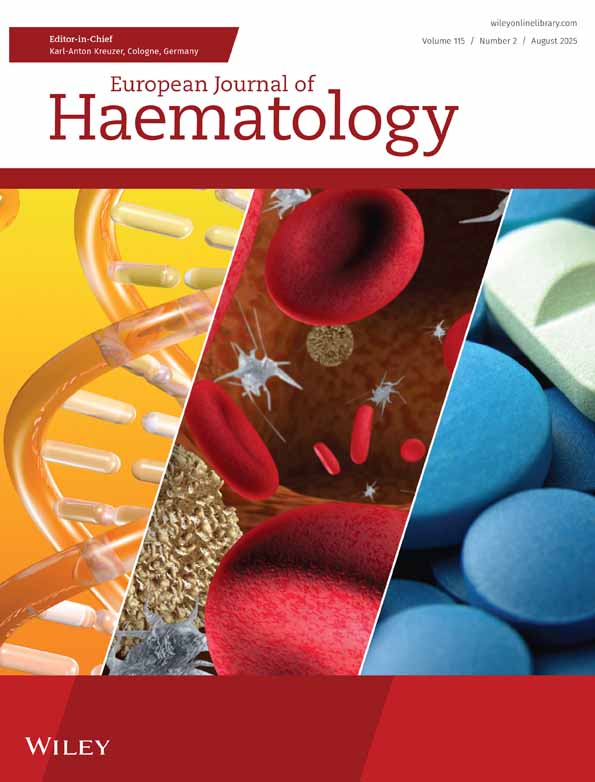Teicoplanin versus vancomycin in the empirical treatment of febrile neutropenic patients
Abstract
Abstract: Gram-positive infections have become prevalent among neutropenic patients with cancer. A prospective, randomized, double-blind trial of teicoplanin, 6 mg/kg every 12 h for three doses then every 24 h, versus vancomycin hydrochloride, 15 mg/kg every 12 h, in the empirical treatment of febrile neutropenic patients was undertaken among 50 consecutive patients with haematological malignancy. The patients also received piperacillin sodium, 3 g every 4 h, and tobramycin sulphate, 1.5–2 mg/kg every 8 h. Both groups (25 teicoplanin and 25 vancomycin) were comparable in age, sex, renal function, underlying disease and concurrent therapy. Among 22 patients (44%) with culture-proven infection, Gram-positive organisms were isolated in 15 (9 with bacteraemia) and Gram-negative in 11 (4 with bacteraemia). Mixed or polymicrobial infection occurred in 8 patients. Serum 1-h peak and trough levels at steady state were 41 ± 15 and 12 ± 3 mg/l for teicoplanin (at 14 ±4 days), and 40 ± 10 and 8 ± 5 mg/l for vancomycin (at 0.9 ± 0.6 days). Mean elimination half-life and apparent volume of distribution at steady state were 80.5 ± 21.5 h and 1.4 ± 0.8 l/kg for teicoplanin, and 5.6 ± 1.8 h and 0.6 ± 0.2 l/kg for vancomycin. Empirical antimicrobial therapy was successful in 23 teicoplanin and 21 vancomycin patients, respectively (p = 0.67; two-tailed Fisher's exact test). Nephrotoxicity (serum creatinine > 110 mmol/l), however, was more common among vancomycin patients (10 versus 2; p = 0.02), while termination of treatment due to adverse effects was also more common among vancomycin patients (10 versus 2; p = 0.02). Concurrent treatment with cyclosporin A and vancomycin, but not with cyclosporin A and teicoplanin, resulted in significant renal dysfunction (p = 0.02). At the dose employed, teicoplanin was tolerated better than vancomycin in the empirical treatment of fever and neutropenia.




